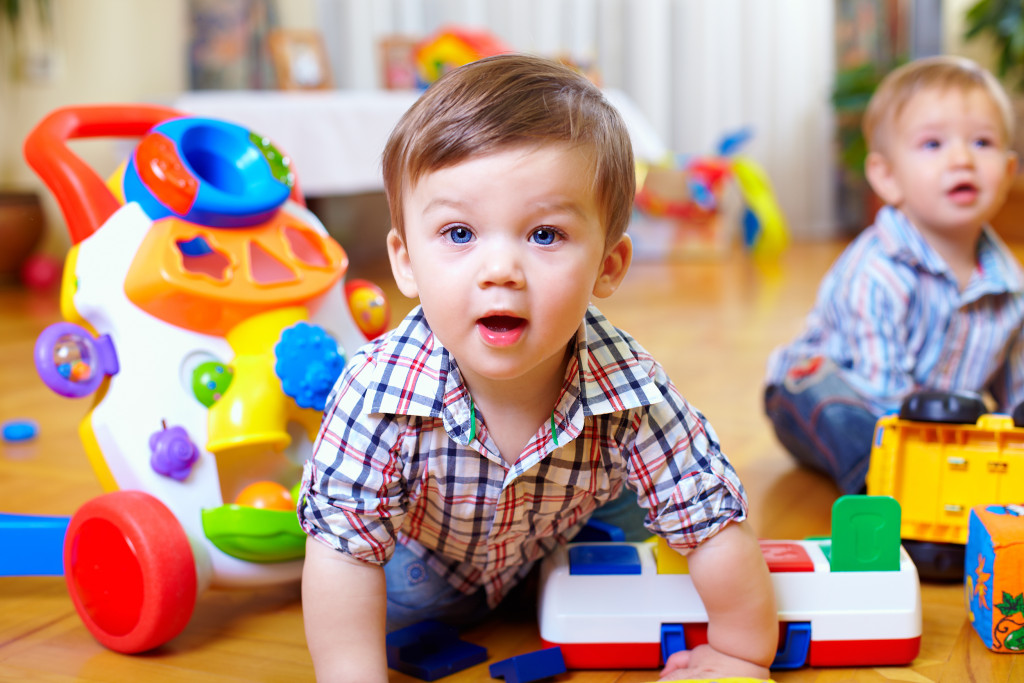Curiosity is a natural human trait we have from infancy and onward. But it’s more powerful during childhood when most forms of development occur. It is why babies put their feet in their mouths and everything they find around. At this time, their major means of exploration is eating whatever lands into their hands.
Growing up, if you’d find toddlers looking in a mirror, they will most likely lie down and find any kind of position in front of it. This time, they’re curious about themselves. Soon, they’ll be curious enough to learn about others and anything that surrounds them.
Questions will erupt from these wide eyes and perked-up ears. As the adult, you’ll have to give your best answering their simple to surprising inquiries, like where does the rain come from, how do babies come to this world, or why the skies are blue.
Kids Deal with Their Curiosity Via Different Approaches
Children may be shown the same thing and while everyone will be curious, they will approach it in different manners. Take for instance a frog. Some may not help themselves but touch the animal. Others, on the other hand, may just want to know what those frogs think, how their voice sounds, etc.
It’s important to note that curiosity isn’t a trait you can increase over time with children. The best that teachers, parents, or caregivers can do is to stimulate their curiosity through various activities.
Children who live in a monotonous environment may learn slower than their peers that are exposed to a dynamic environment, being at an age when they are most receptive to changes. If you want to foster learning in children, then it would help to expose them to varieties at home or in a daycare center.
Curiosity Is the Avenue to Learning
Being innate, we tend to forget that it’s mostly curiosity that leads us to do certain things, which is why it’s not surprising that we not only spend on our basic needs; we also spend as much time and money on entertainment or anything that keeps our mind running.
When curiosity is directed the right way, children can gain knowledge and skills that will stay with them throughout their lifetime.
In the education system, they learn most of their lifelong skills not just from academics but also from extracurricular activities like sports, clubs, field trips, or summer camps. All these can trigger their curiosity not just in the four walls of their classrooms.

Trigger Curiosity in Kids
Since a curious kid learns more and better, you might want to raise yours filled with wonders about the world that would soon translate into their careers or overall future.
At this time, what you can do is provide them with unstructured activities that can trigger their curiosity; hence, learning. Good thing, even with short attention spans, you can easily spark interest in young children.
Secure versus Anxious Children
First off, provide the children with an environment that can make them feel they can just freely ask questions and receive support in their exploration.
Take note that a secure kid will ask more questions than the anxious one, so make sure that they feel at ease. When taken to new places, secure children will feel more excited while anxious kids will just be quiet and even feel uncomfortable.
Anxiety can greatly hinder learning. Anxious children will be more hesitant to explore either their internal or external world. You can help these kids by offering them ample assurances, which would mean extra patience, attention, and time.
Curiosity Starts at Home
Children are natural mimics and the first things that they copy are from home. They get their early learning, habits, and more from their parents, so parents should strive to be great role models. Here are some tips to stimulate their curiosity:
Wonder aloud
Teach children to ask questions by wondering aloud yourself. This teaches them to put into words whatever they are wondering in their minds.
Show them to places
Bring your kids to other places. Go to museums, shows, or as simple as let them play in the backyard, so they can get their curiosity piqued outside from home.
Prompt their thinking
Before answering, ask what they’re thinking about first. Don’t guess their questions before they can say it.
Encourage their natural interest
Children gravitate to things they’re naturally interested in at certain phases. If they like dinosaurs right now, then give them anything dinosaur-related. If this just comes as a phase, then move on to another interest.
Make sure their environment is stimulating for thoughts, interactions, and learning. Get them to ask in words and make them feel supported whatever they invest their interest in.

